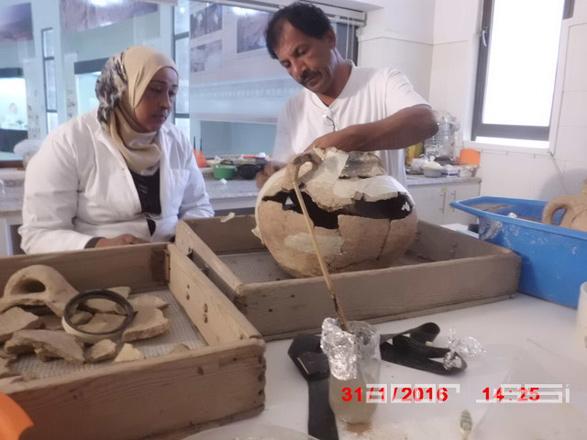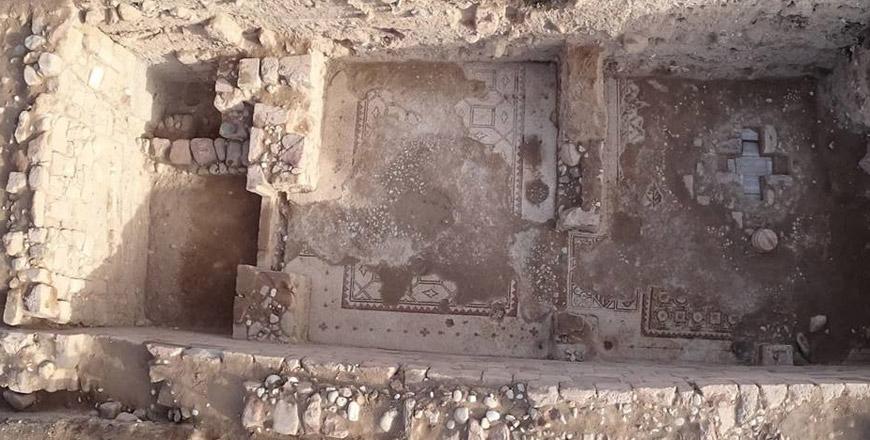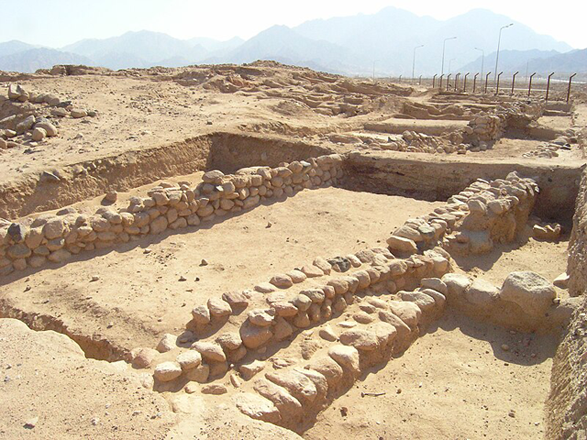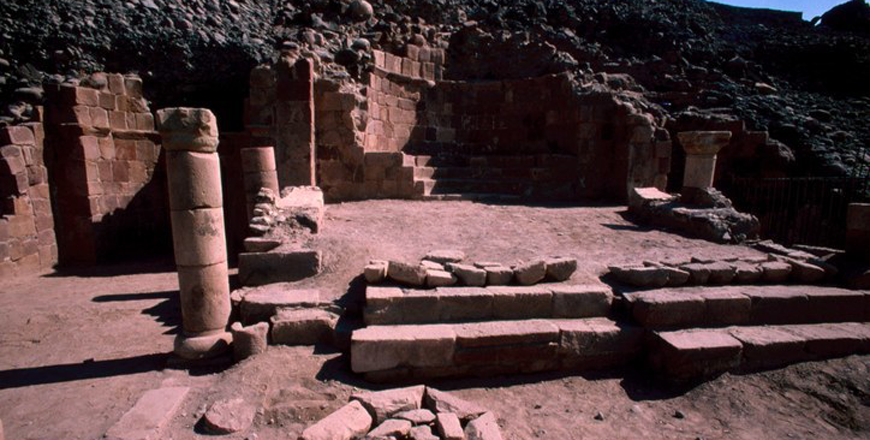You are here
Ghor Safi region is abundant of archeological sites but badly looted by treasure hunters — researcher
By Saeb Rawashdeh - May 09,2021 - Last updated at May 09,2021

Members of the local community restore pottery discovered in the area south of the Dead Sea at the laboratory of the Museum on the Lowest Place on Earth in Ghor Safi (Photo courtesy of ACOR)
AMMAN — Since 1924 Ghor Safi, located on the southern tip of the Dead Sea, has been attracting scholars and research teams from all over the world thanks to its abundant archeological sites.
In a recent interview with The Jordan Times, American archaeologist Eliot Braun said, “The archaeological records of Ghor Safi witness the mortuary activities since many burial sites have been studied by archaeologists. Unfortunately, these sites have been badly looted by treasure hunters.”
At least three hills rising in succession from the valley floor (now widely cultivated) appear to have been utilised as burial ground by a large Early Bronze Age population, Braun said, adding that plan of unlined cists does not determine the original dimensions of graves prior to looting.
The lengths of most of the cist-graves suggest the likelihood that they were intended for individual internment, Braun explained, adding that other cists which were clearly too short were intended for children, infants or larger individuals but in a more compact position.
“Presumably, most of these graves were used for single inhumations although such cavities could theoretically have been reused for a number of individuals,” Braun said.
The large quantity of pottery found in graves indicate that the population of ancient Ghor Safi was not nomadic but either semi-nomadic or sedentary, he said.
“Indeed, evidence suggests the existence of a class of potters with significant levels of skills producing special types for consumers’ procurement,” the archaeologist said, adding that the team excavated bottles, cups and two –handed jars.
“Furthermore, evidence proves that potters were able to achieve highly fired, hard fabrics, although they were not always able to control the final colouring, as many examples have surfaces of mottled shades of brown, grey, buff and black.”
He explained that the so-called Safi Cup is “a generic type that has a single, high loop handle with a small, slightly pointed knob”, adding that similar vessels are found at many Early Bronze age sites in the region. “But they lack the distinctive knob that is the hallmark of the Safi Cup”.
“These bowls, obviously desirable grave goods, were probably produced in one or more workshops elsewhere and obtained by trade. They would appear to represent evidence of both a degree of surplus owned by people buried in the cemetery and the living population’s willingness to deprive themselves of what are clearly objects of considerable intrinsic worth in favour of the interred,” Braun said.
The human skeletal remains in Ghor Safi have been studied and will be presented in the forthcoming publications, Braun said.
However, there has been no definitive discovery of a habitation site anywhere nearby dated to the same time as the Early Bronze Age cemetery, he said, noting that there appears to have been well-developed pottery production specifically associated with the cemetery.
“One may only regret the immense loss of information resulting from the looting of this vast cemetery with its thousands of graves. Hopefully, our research will enable both experts and history lovers to appreciate the gleanings from a site that witnessed a great deal of human activity in this arid zone,” Braun concluded.
Related Articles
AMMAN — Modern Ghor Safi, located at the southeastern end of the Dead Sea near the lowest point on earth, has been populated for over 12,000
AMMAN — Jabel Mutawwaq is a site near Zarqa River with pottery finds that are older than the Bronze Age.
AMMAN — The Dead Sea region has been inhabited since prehistoric times, with thousands of graves dating back to the Neolithic and Bronze Age

















